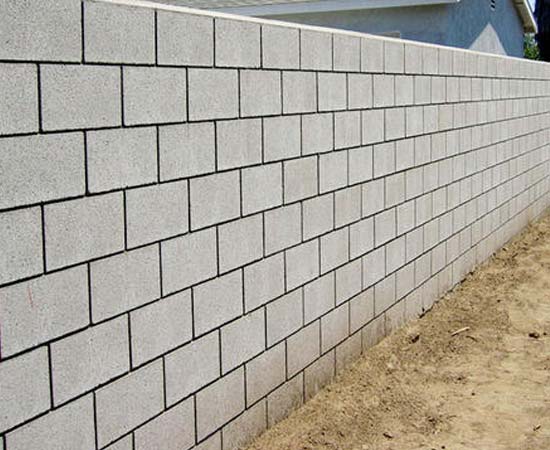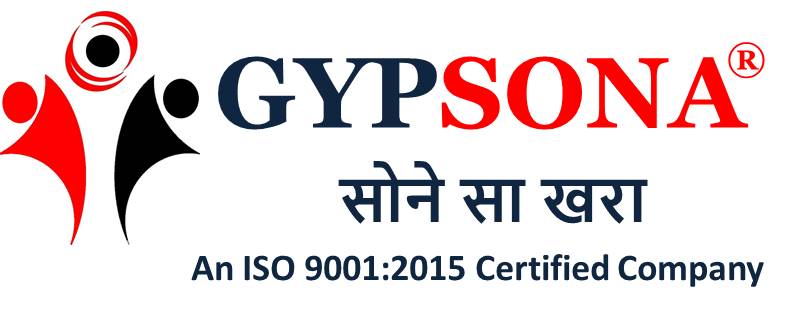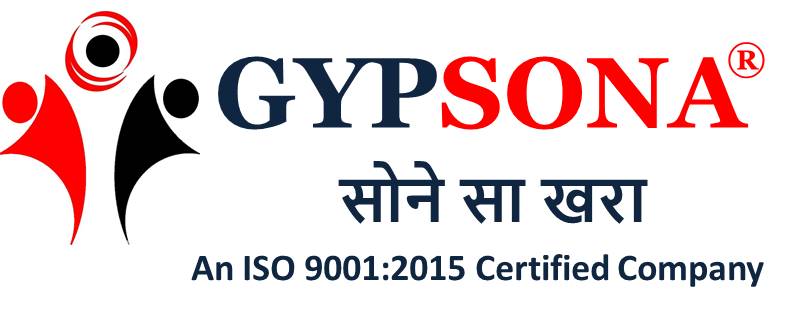Gypsona is making waves within the construction materials industry with its top-notch AAC (Autoclaved Aerated Concrete) blocks. Based in Rajasthan, they’re leading the way as a Gypsum For Aac Blocks Manufacturing, dedicated to offering green constructing solutions that tick all the containers for modern production wishes. Our AAC blocks are designed to supply pinnacle-notch electricity, durability, and strength performance, making them suitable for residential, business, and industrial tasks.
Gypsum Plaster Manufacturers Rajasthan

Gypaum Plaster On Aac Blocks

What are AAC Blocks?
Aac Block Wall Plastering are a lightweight, precast, foam concrete building cloth appropriate for generating concrete masonry devices (CMU) like blocks. Composed of quartz sand, calcined gypsum, lime, cement, water, and aluminium powder, AAC blocks undergo an excessive-strain steam curing procedure called autoclaving. This technique imparts specific homes to the blocks, including low density, excessive electricity-to-weight ratio, and wonderful thermal and acoustic insulation.
Advantages of Gypsona AAC Blocks
Lightweight and High Strength
Gypsona AAC blocks are about one-third the weight of traditional clay bricks, making them easier to handle and lowering the overall lifeless load of the shape. Despite being lighter, AAC blocks have high compressive energy, allowing robust construction.
Superior Thermal Insulation
AAC blocks have extraordinary thermal insulation homes, substantially lowering strength requirements for heating and cooling buildings. This reduces electricity costs and contributes to greater snug indoor surroundings throughout the year.
Sound Insulation
The porous nature of AAC blocks provides excellent sound insulation, reduces noise waste, and complements room acoustics. This makes them best for urban areas and buildings that require quiet space, inclusive of schools, hospitals and offices.
Fire & Pest Resistance
Gypsona AAC blocks are non-combustible and may withstand temperatures up to at least 1,200 degrees Celsius, presenting outstanding fireplace resistance. Additionally, their inorganic properties lead them to extra proof against bugs, termites and rodents, resulting in longer shelf life and much less renovation.
Eco-Friendly and Sustainable
Made from non-toxic substances that produce minimal waste, Gypsum Plaster On Aac Blocks are environmentally friendly construction materials. It is completely recyclable and helps to significantly reduce carbon emissions in the construction industry.
Manufacturing Process of Gypsona AAC Blocks
Raw Material Preparation
The manufacturing of the Gypsum For Aac Blocks Manufacturing with measuring and precise mixing of ingredients including silica sand, lime, cement, water and small amounts of aluminum powder and mixing these ingredients thoroughly to form a homogenous slurry.
Mixing and Pouring
A chemical reaction between the aluminium powder and lime causes the slurry to be poured into the mould and lifted, releasing hydrogen gas This gas forms gas particles in the mixture, lightening the weight of the AAC blocks and it protects it.
Pre-Curing and Cutting
After the slurry rises and settles, the semi-solid phase reaches the first phase. It is then cut to the desired size using high-precision cutting machines. This ensures uniform shapes and reduces waste.
Autoclaving
The reduced pieces are placed in an autoclave, where they are handled with strong steam. This autoclaving process improves the strength, stability and thermal balance of the pieces, making them suitable for a wide range of Aac Block Wall Plastering manufacturing
procedures.
Quality Control and Packaging
Gypsona adheres to a stringent quality control program at each level of production. Each batch of AAC blocks is examined for strength, density, and other key homes to ensure they meet our excessive requirements. Once authorised, the pieces are packaged and ready to ship.
Applications of Gypsona AAC Blocks
Residential Construction
Gypsum Plaster On Aac Blocks are widely used in residential production because of their lightweight, thermal absorption and soundproofing characteristics. They are perfect for both load and non-load-bearing walls and offer a price-effective and electricity-efficient answer for homeowners.
Commercial Buildings
In commercial construction, AAC blocks provide the necessary strength and durability, while ensuring aesthetic appearance. They are appropriate for places of work, department stores, lodges and other commercial institutions, where energy efficiency and acoustic comfort are paramount.
Industrial Structures
Gypsona AAC components also are used in industrial buildings, together with warehouses, factories and manufacturing facilities. Their fireplace resistance and structural balance make them an outstanding desire for areas in which protection and sturdiness are vital.
Educational and Healthcare Facilities
The sound and heat resistance of AAC blocks make them best for educational and healthcare facilities. Schools, universities, hospitals and clinics benefit from the decreased noise tiers and consistent room temperature that AAC blocks provide, creating an ideal environment for learning and healing.
Why Choose Gypsona AAC Blocks?
Commitment to Quality
At Gypsona, quality is our top priority. We use rigorous quality strategies to ensure that each AAC aspect meets our exacting standards. From the selection of raw substances to the final product, we assure you it’ll be more correct, reliable and perform.
Advanced Manufacturing Technology
Our state-of-the-art production facility is prepared with brand-new technology and equipment, allowing us to fabricate AAC blocks with precision and efficiency. Our persevered funding in research and development ensures that our merchandise remains at the vanguard of innovation inside the creation industry.
Exceptional Customer Support
Gypsona is dedicated to providing excellent customer service. Our experienced team is always prepared to offer technical recommendations, support and answers tailored to your precise desires. We work closely with architects, architects and contractors to ensure the achievement of the final touch of each mission.
Sustainable Building Solutions
We are committed to promoting sustainable manufacturing practices. Gypsum Plaster On Aac Blocks are designed to lessen environmental effects, lessen power consumption and guide inexperienced building tasks. By choosing our AAC pieces, you are contributing to a sustainable and environmentally friendly construction project.
Technical Specifications of Gypsona AAC Blocks
Gypsona AAC blocks are available in a variety of sizes to suit different construction needs. Standard dimensions include:
- 600 mm x 200 mm x 100 mm
- 600 mm x 200 mm x 150 mm
- 600 mm x 200 mm x 200 mm
- 600 mm x 200 mm x 250 mm
Custom sizes can also be manufactured to meet specific project requirements.
- Density:550-650 kg/m³
- Compressive Strength:3-4 N/mm²
- Thermal Conductivity:0.16-0.18 W/mK
- Sound Reduction Index:40-45 dB for 200 mm thickness
Gypsum Plaster On Aac Blocks provide extremely good fire resistance, withstanding temperatures up to at least 1,200 degrees Celsius. We offer hearth scores of up to four hours, depending on the thickness of the wall.
Installation and Construction Guidelines
Handling and Storage
AAC blocks ought to be dealt with with care to avoid harm. Store on a flat surface including moisture and direct sunlight. Use proper lifting equipment to move the blocks, especially in large quantities.
Mortar and Adhesives
For best results, use thin-bed mortar or an adhesive specifically designed for AAC blocks. This creates a robust bond and minimises the danger of cracks. Mix the mortar or adhesive in step with the manufacturer’s instructions and practise it flippantly with the use of a notched trowel.
Laying and Aligning
Start by placing the AAC pieces from the corners, working towards the centre. Ensure the first course is accurate and consistent. Use a rubber mallet to adjust the pieces as needed. Maintain a constant joint thickness of 2-3 mm in a flat bed of compost.
Reinforcement and Plastering
Reinforce the Aac Block Wall Plastering with steel straps or studs as required by the construction. Apply a plaster base coat to the AAC pieces to provide a smooth finish surface. Use the correct plaster mixture and follow the manufacturer’s instructions for curing and drying time.
Future Vision and Expansion
Gypsona is devoted to continuous improvement and innovation within the AAC block enterprise. Our imaginative and prescient is to amplify our product range, boost our productivity and reach new markets throughout India and beyond. We aim to lead sustainable building practices and help build a greener, more energy-efficient future.
Empower Yourself Today….
Gypsona AAC blocks convey together top-notch power, sturdiness, and sustainability. As a leading manufacturer in Rajasthan, we’re dedicated to offering splendid construction substances that cater to the ever-changing demands of the development industry.
Get in touch with us today to talk about your necessities. We offer aggressive pricing, set-off delivery, and personalised service to ensure your whole pleasure.
Whether you’re building a residential domestic, a business complex, or a commercial facility, Gypsum Plaster On Aac Blocks offer an appropriate solution for your creation necessities.
Opt for Gypsona for cutting-edge, eco-friendly, and dependable building materials that truly stand the test of time.

